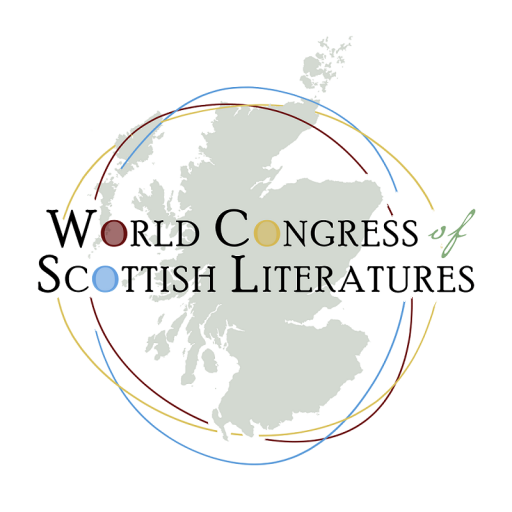Borders and lines of fracture: John Burnside, Roseanne Watt and Havergey
Roseanne Watt’s film poem “Havergey” written in answer to John Burnside’s novel is a “verbal-visual-sonic ensemble” (Manfredi) which is highly dialogic, conducting an intertextual conversation both with Watt’s own film poetry and Burnside’s novel, crossing various boundaries (between her own pieces, prose and poetry), and therefore, like the character in the novel whose words she prints on her screen, inhabiting a borderland, a space of intersections of various and varied voices. This paper proposes to follow how Roseanne Watt engages with borders and creates lines of fracture, both revisiting, answering, trans-forming Burnside’s novel, creating a multiple/conjoined voice that speaks to her readers/viewers/listeners from the dialogic entre-deux, and understand how and to what effect she constitutes into being the “real-and-imagined place we experience in literature and in arts” (Soja). In order to do that, it proposes to look at the way the film poem is an econarrative focusing on the connections and disjunctions between humans and non-humans, in an attempt to delineate what it calls the “Genius Loci”, “spirit” of the place, or “something” that cannot be defined in words, but which the languages of the film poem can help circumscribe. Watt’s “Havergey” helps creating what Manfredi calls an “alternative landscape” in the process taking up and combining anew the concepts of nature, the wild and the landscape. In so doing, it opens up gaps and crosses borders that generate an alternative human history, an new creative way of emplacing, a decentring that conveys the idea that we must be prepared to tread a path that follows lines of fracture between our conception of ourselves and of our history and a more comprehensive one that is not only based on humans. In so doing, it gives the posthuman paradigm a new facet.
Marie-Odile Pittin-Hedon, Aix Marseille Université, France
